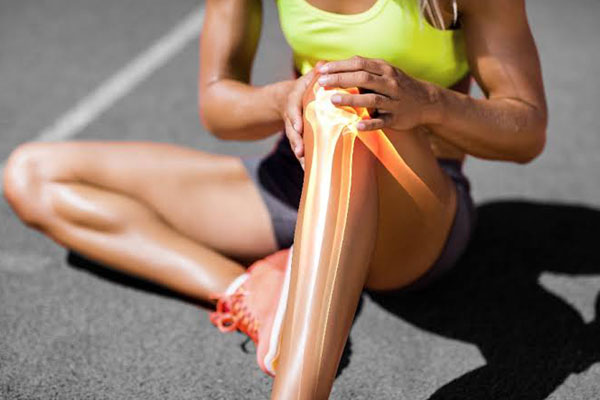Sports Injury Rehabilitation
- Home
- Sports Injury Rehabilitation

Sports Injury Rehabilitation
According to the IOC manual of sports injuries (2012)a sports injury may be defined as ”damage to the tissues of the body that occurs as a result of sport or exercise.”
Most Common Sports Injuries:
- Strains
- Sprains
- Knee injuries
- Fractures
- Tennis elbow
- Plantar fasciitis
- Shin splints
- Back injury
- Concussion
Types
Acute Injuries
Acute injuries occur due to sudden trauma to the tissue, with the symptoms of injuries presenting themselves almost immediately. The principle in this instance is that the force exerted at the time of injury on the tissue (i.e. muscle, tendon, ligament, and bone) exceeds the strength of that tissue. Forces commonly involved in acute injury are either direct or indirect.
Common Acute Injuries include:
- Ankle Sprain
- Quadriceps Strain
- Clavicular Fracture
- Shoulder Dislocation
- Knee ligament injury
Overuse Injuries:
Any repetitive activity can lead to an overuse injury. Overuse injuries occur over a period of time, usually due to excessive and repetitive loading of the tissue, with symptoms presenting gradually. Little or no pain might be experienced in the early stages of these injuries and the athlete might continue to place pressure on the injured site.
Common overuse injuries
- Achilles Tendinopathy
- Tennis Elbow
- Iliotibial Band Syndrome
- Rotator cuff injury
- Runner’s knee
Rehabilitation
Depending on the type of injury you have sustained, your programme will include a number of parts which may include Pain relieving modalities, Soft tissue techniques, mobilisation, taping, strengthening exercises , functional training , Tapping Therapy , cupping therapy and Chiropractic treatment for better alignment .
Aim:
- Reducing any pain and inflammation.
- Restoring full function as soon as possible
- A faster recovery and return to sport.
- Strengthening of weak muscle groups.
- Maintaining cardiovascular fitness while you are out of sport.
- Minimising the risk of future injuries.
- Improve flexibility and co-ordination.
- Advice on correct footwear and equipment
